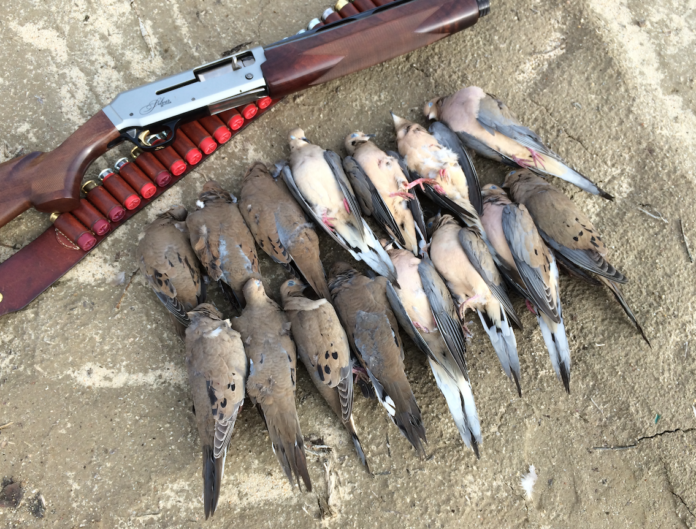
BY TIM E. HOVEY
As the hunting season gets ready to kick off in earnest, hunters across the state are preparing for their favorite wing-shooting adventures. I’ve been fortunate to sample many of the upland game species here in California, and I never tire of the opportunities and at time, the explosive flushes of the golden states game birds. Here’s what we have to look forward to.
Mourning dove
Clocked in at an amazing 55 MPH flying speed, the mourning dove is not only the fastest game bird in California, but the first species available for bird hunters when the season opens up. There are two seasons for dove, September 1-15, and then a second season from November 12-December 26. The daily limit is 15 birds per hunter, and despite their speed, hunting mourning dove is an excellent way to introduce new hunters to the activity.
Mourning dove require three things to persist in areas: forage, roosting trees and water. They roost through the night and head out near dawn to drink and feed. Identifying roosting and watering areas and setting up along an established flight path can be a productive way to add birds to your bag. Dove are delicate birds and can be easily harvested with shells with a shot size of 7 1/2 and 8.
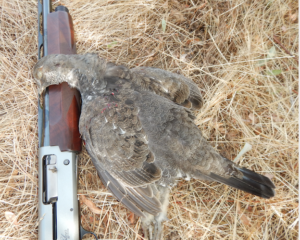
Grouse (Sooty or blue)
The grouse is a larger, chicken-sized ground bird that inhabits western coastal forests and mountain forests in the Sierras. They are a slow-moving bird, often remaining still when encountered. Prime habitat for inland birds is where forest habitat meets open country.
Common where they occur, grouse are noisy flyers, often only going a short distance when startled. Hunters can encounter groups of birds in the thicker forests during the season and can easily harvest birds in this situation. The season here in California is from September 10 until October 10. The bag limit for grouse is two per day.
Hunters can kill grouse with smaller shot size, but being a larger bird, I recommend using shells with a shot size of 5s or 6s
Quail
One of my favorite upland birds to hunt is the California quail. A ground bird that travels in groups called coveys, usually comprised of birds of the same hatch. They tend to escape danger when pursued with an explosive flush, usually right at your feet. They are a chubby, low-flying bird that usually fly in a straight line.
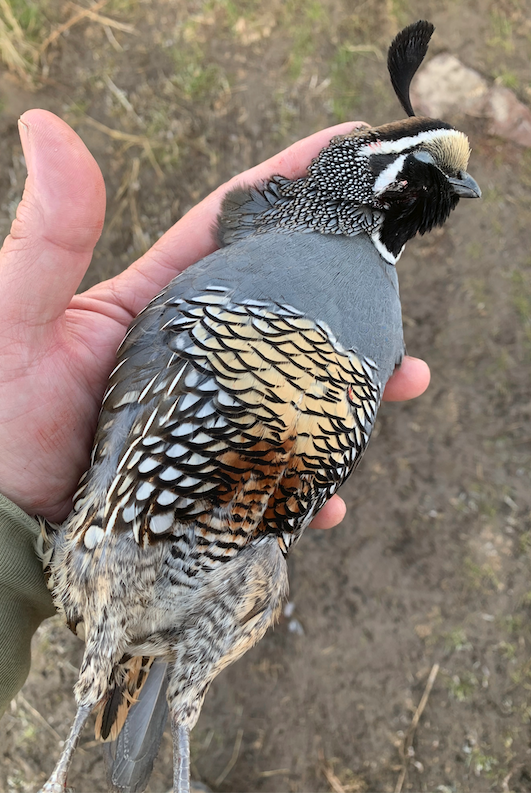
They can be found in low shrub habitats, with plenty of cover and they are never far from water. They feed on a variety of pant seeds and grasses. Successful wing shooters start hunting early, listening for the sentinel call as birds come off their roost to indicate their location.
The season for most of the state starts October 15 and runs until January 29. The state is divided into three zones with slightly different seasonal dates, so check the regulations before you head out. The limit for quail is 10 birds per day, and they are one of the tastiest birds out there. Much like many of the smaller upland species, they can be dropped with shells with a shot size of 7 1/2 and 8.
Chukar
Of all the California game birds I’ve hunted, the chukar is the one I most have a love/hate relationship with. Imported into California in 1932 and established predominantly east of the Sierra Nevada and Cascade Range, the chukar is a partridge that live in dry, high-elevation shrublands. They usually occur on steep, rocky hillsides with a mixture of brush and grasses. It’s the steep and rocky part of their daily behavior that can be challenging to hunters.
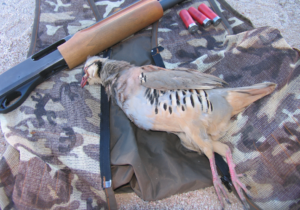
Occasionally they can be encountered in flatter terrain, where sagebrush is the dominant plant species, which chukar will readily feed on. Much like the quail, chukar will not stray far from water. They are also a ground species, only flying when flushed or when they perceive danger.
The California chukar season is the same as the general quail season and starts October 15 and goes until January 29. The daily bag limit for chukar is six per day. They are a bit larger than quail but can also easily be harvested using shells with a shot size of 7 1/2 and 8, as well.
Pheasant
Pheasant were first introduced into California in 1889. Originally native to Asia, the ring-necked pheasant flourished until the mid-1900s. However, changes in agricultural and land-use practice began to reduce preferred pheasant habitat and their numbers began to decline. Understanding the habitat requirements of pheasant, efforts to improve conditions for wild birds should prove beneficial.
Pheasant are also ground-dwelling birds, noisily escaping with an explosive flush when startled. They are a large, tough bird and require larger shot to bring down. Shells with a shot size of 5s or 6s is recommended. It is essential to lethally hit the bird in the air, because if an injured bird hits the ground, he will escape running and be difficult if not impossible to find.
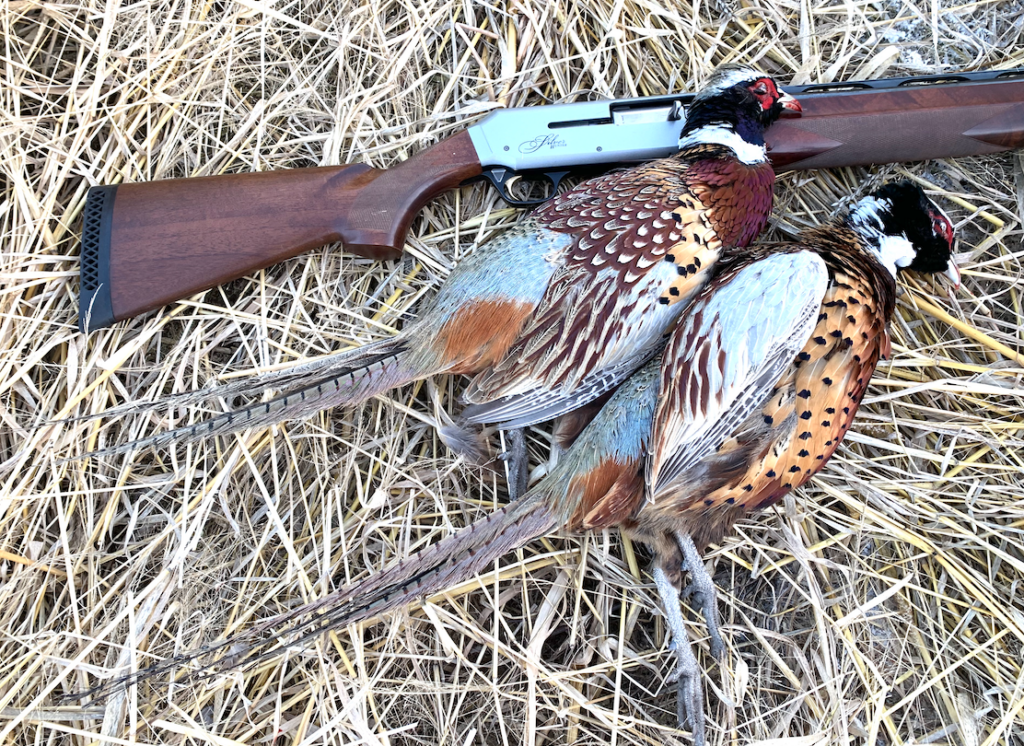
The season in California is from November 12 until December 25. The bag limit is two males per day for the first two days of the season and then three males per day for the remainder of the season. Female pheasant or hens are not to be taken.
California has an amazing array of upland game birds to choose from. They range in some of the most diverse and beautiful habitat throughout the state. If you want to experience a great hunt for little expense, dust off the shotgun and walk the sage. These birds are challenging to harvest and tasty on the plate.


